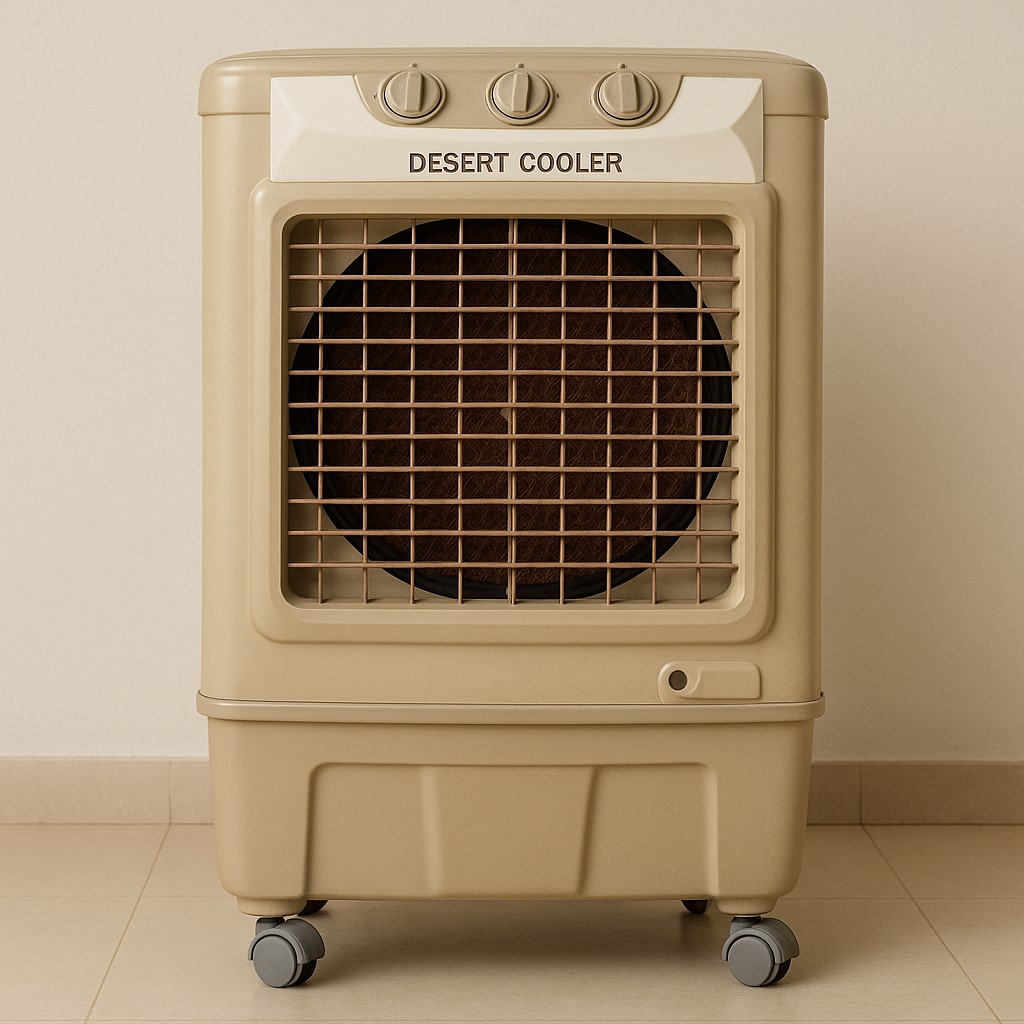Since ancient times, people referred to desert coolers as evaporative coolers. Early societies kept their homes or public spaces cool by air passing over water-soaked merchandise like cloths or reeds. With time, the method improved — in the early twentieth century, people in the Southwest used wet burlap or straw mats over windows to do the same thing. beginning in the 1930s and 1940s, desert coolers were used more often in hot and dry parts of the country.
Desert coolers are easy to understand and very energy efficient because they rely on evaporating water to cool air. Most coolers have a fan, a water tank and something wet such as a wick, pad or filter. Dry and hot air is circulated by the fan, then passes through the wet area. Water evaporating from your body takes the heat out of the air which makes you feel colder. After cooling and moistening, the air is blasted inside, giving a nice, cool wind.
Why deserts are named coolers is because they perform better in arid heat, as they would in a desert. A cooling fan works better when the air is dry, because more of the water will evaporate. When the weather is right, a desert cooler can make the indoor air 15°C colder than the outdoor temperature.

Let’s find out what are the internal components:
A) Internal Components:
1) Cooling Pads (Evaporative Pads)
Cooling pads, also called evaporative pads, are an important element in evaporative coolers (also referred to as swamp coolers). They are fashioned from aspen wood wool, cellulose (honeycomb) or synthetic fiber and sit on three sides of the cooler. Their aim is to absorb water and make a big surface that supports airflow which makes the air evaporate and cool down.
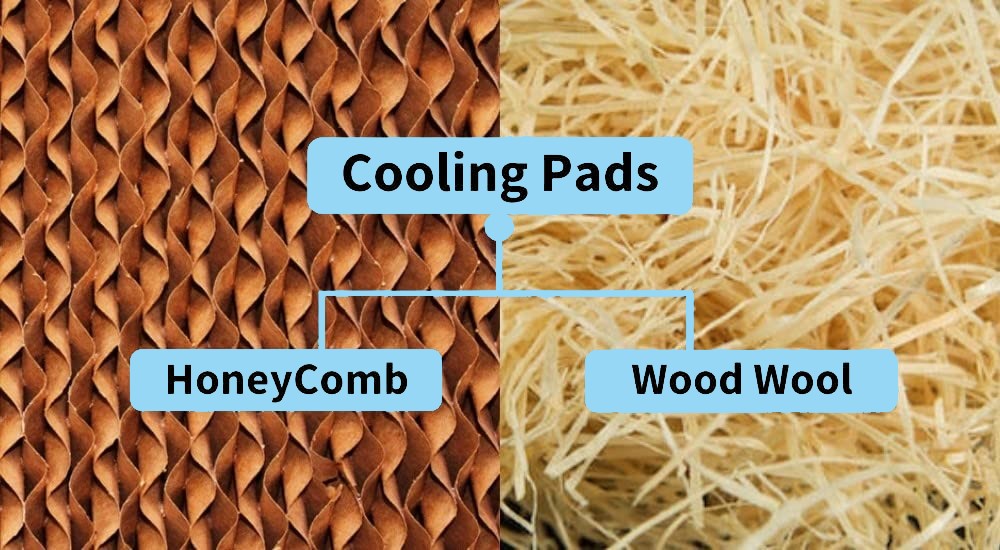
2) Water Pump
An evaporative cooler needs a water pump to function well. There is generally a tiny submersible pump at the bottom of the unit. The main job of the pump is to move water from the cooler’s tank to the top and distributes it evenly over the cooling pads. It makes sure the pads stay wet all the time which speeds up how quickly the air is cooled by evaporation.
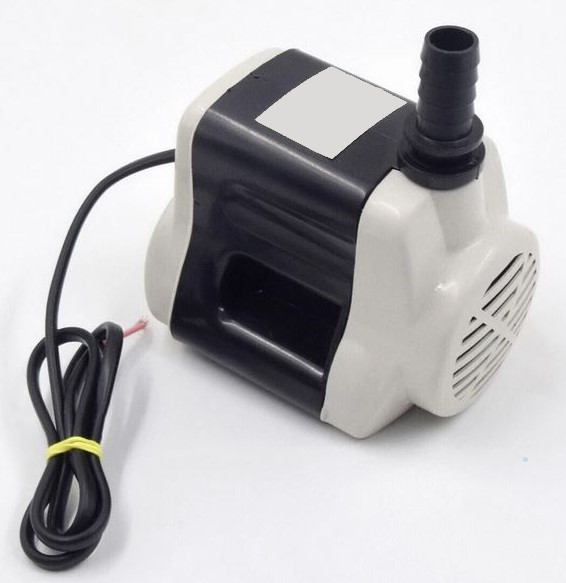
3) Blower or Fan
The air from outside is pulled through the wet evaporative pads by the cooler and the heat inside the air evaporates the moisture from the pads. Evaporation of the water causes the air to cool and add moisture to it. With the fan, the room becomes cooler and more comfortable because the fan draws in and pushes out the cooler, moist air.
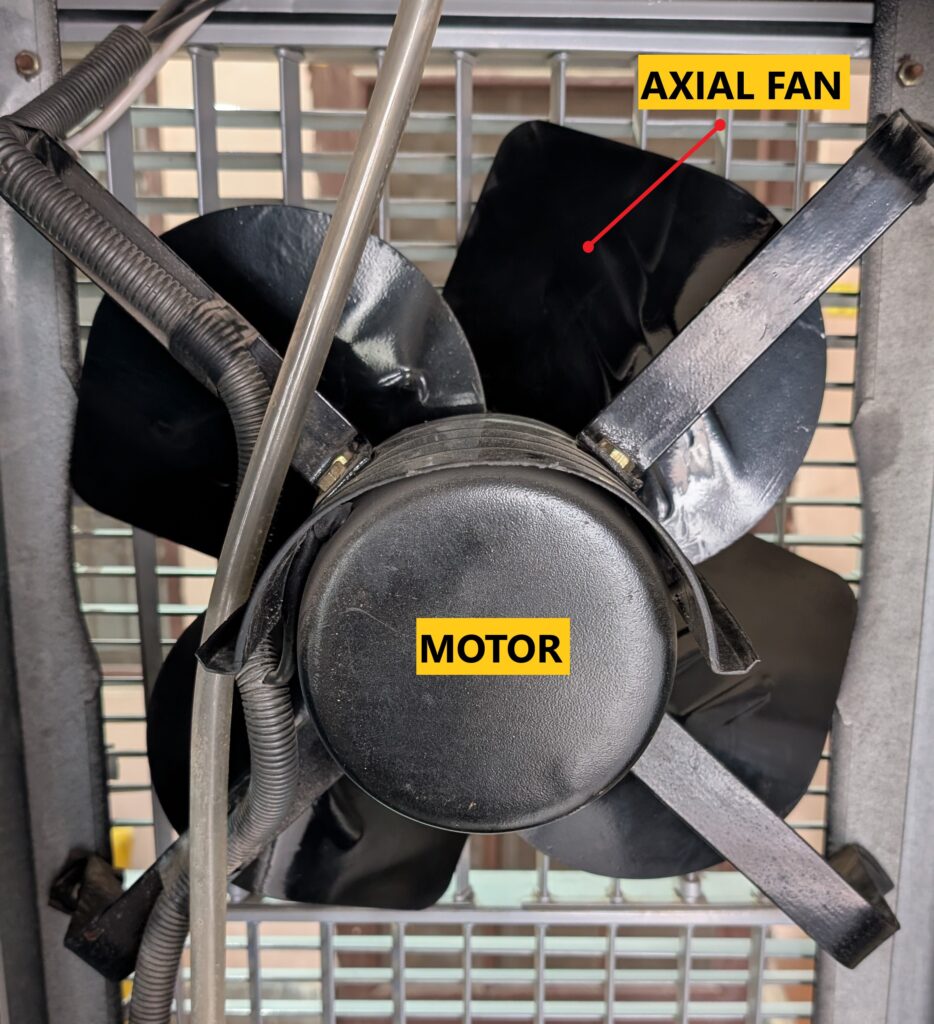
Two types:
- Axial fan (common in smaller or window coolers)
- Centrifugal blower (used in larger desert coolers for higher airflow and pressure)
4) Water Distribution System
Over the top of the cooling pads are pipes or channels that spread water throughout the whole pad surface. It makes sure every pad is equally moist and this helps the cooling capabilities. Some coolers have spray nozzles or drip systems that provide a steady flow of water which boosts the evaporation.

5) Water Tank (Reservoir)
The water is stored at the bottom of the cooler thanks to the water tank which is used for the cooling process. Most models can fit volumes from 20 liters to 70 liters for use at home. If the cooler has a refillable tank, you have to manually add water; if it links to the faucet, the water supply is continuous and the unit will start again right after the last bottle is finished.
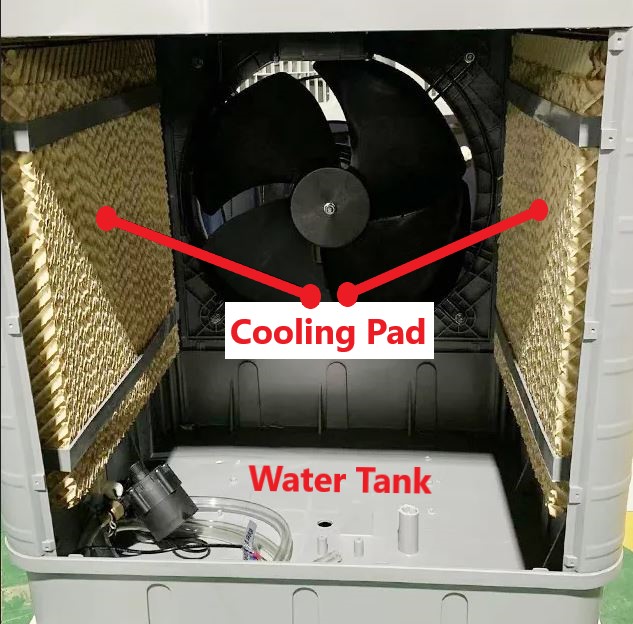
6) Float Valve (in automatic models)
The float valve is a vital part, although it is small, that keeps the water level in the tank at the correct mark. It stops the cooler from overflowing by making sure the water keeps within a safe range at all times. Automated shutoff of water during the filling process makes sure no water is wasted.
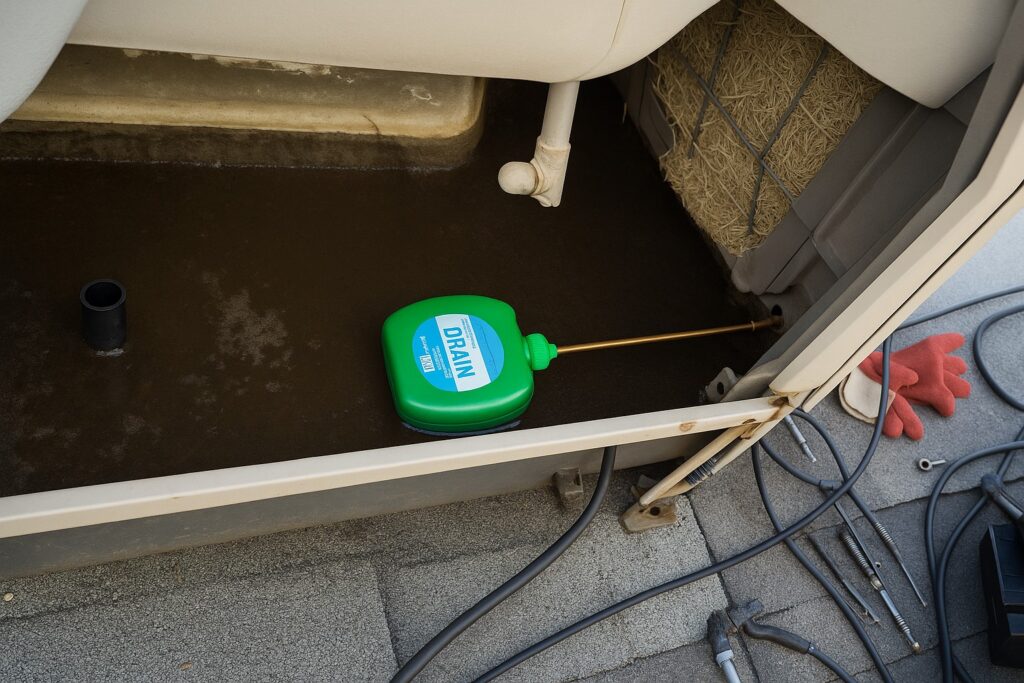
7) Air Filter (optional)
With some evaporative cooler designs, there is a pre-filter ahead of the cooling pads. The filter is designed to block dust, trash and similar small materials in the air before it gets to the pads. As a result, there is cleaner air and cooling pads last longer because they are kept cleaner for a longer time.
8) Control Panel or Switches
With the control panel, you can run the fan or blower and the water pump of the evaporative cooler. The fan may come with settings that allow you to control the speed of the air, adjust the pump for water circulation, swing it for even airflow and set the time for when the fan runs.
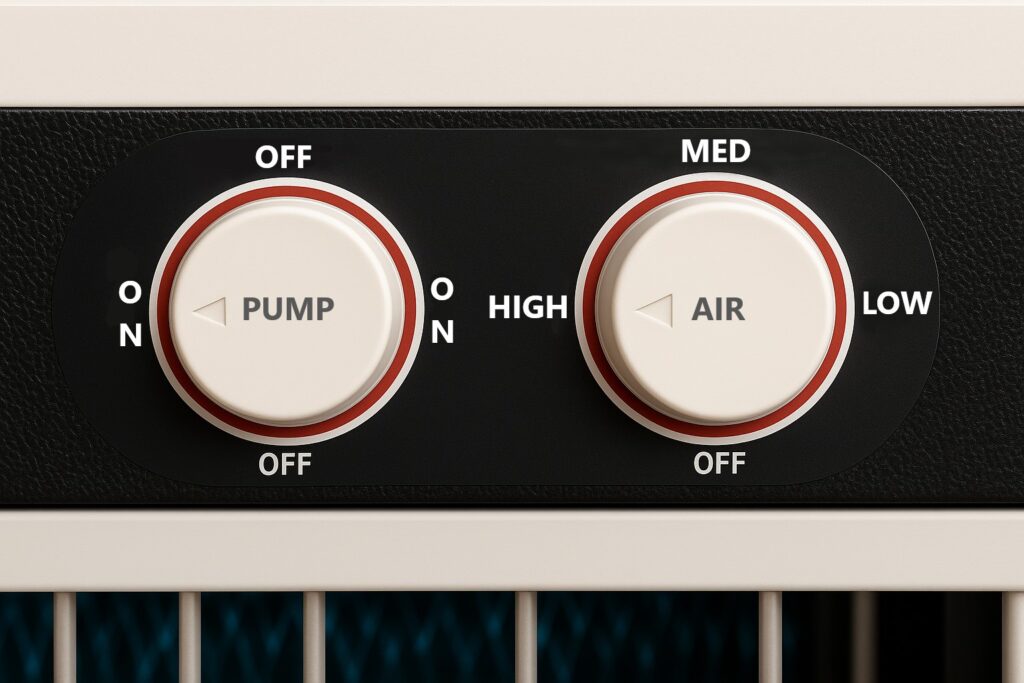
9) Motor
A fan motor moves the fan or blower which takes air through the cooling pads and sends the cooled air into the area. Usually, it makes use of a capacitor-based system to control the speed and match the airflow to the desired cooling.
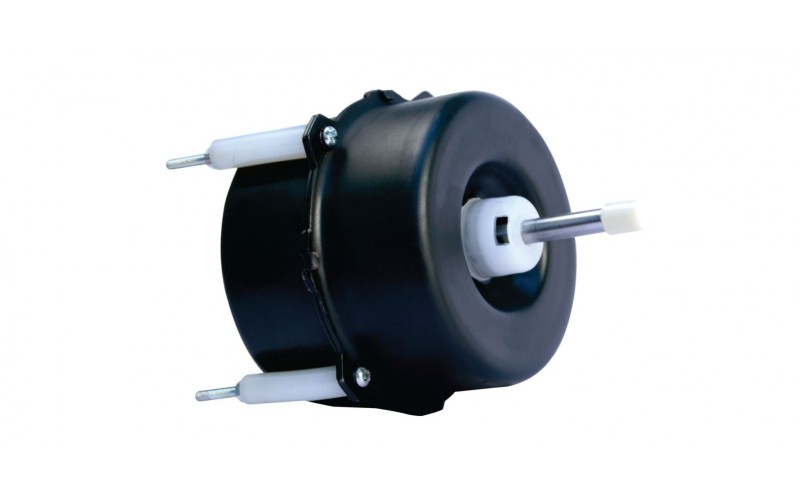
B) Optional Components (Advanced/Modern Coolers)
- Ice chamber: A compartment for adding ice to enhance cooling.
- Remote control: For convenience.
- Humidity control: To prevent excess humidity in semi-humid regions.
- Swing louvers: For better air distribution.
In conclusion, the desert air cooler helps to keep people cool without wasting a lot of energy in dry, hot areas. Instead of traditional air conditioning that often uses environmentally harmful chemicals, it uses fresh and environmentally friendly evaporation of water. Systems such as cooling pads, water pumps, fans and water distribution are important for airflow in the radiator. Features that can be added such as remote controls, ice chambers and humidity control, improve the comfort and convenience of users. Generally, desert air coolers make it possible to have cooler indoor temperatures without spending a lot.
*****

